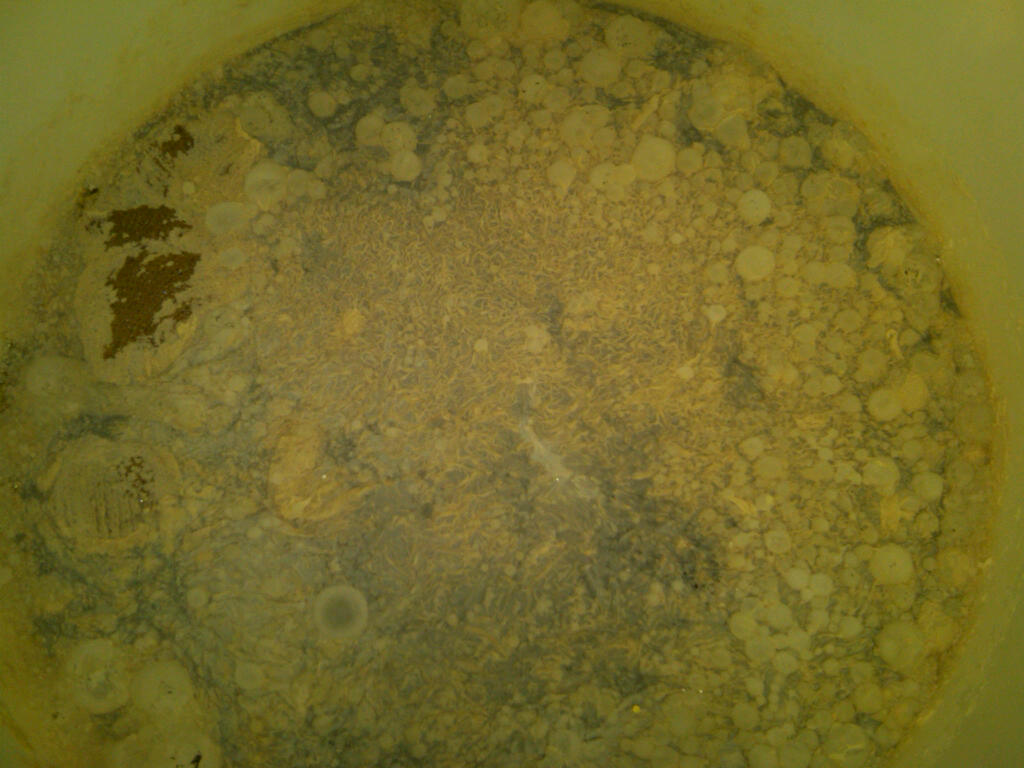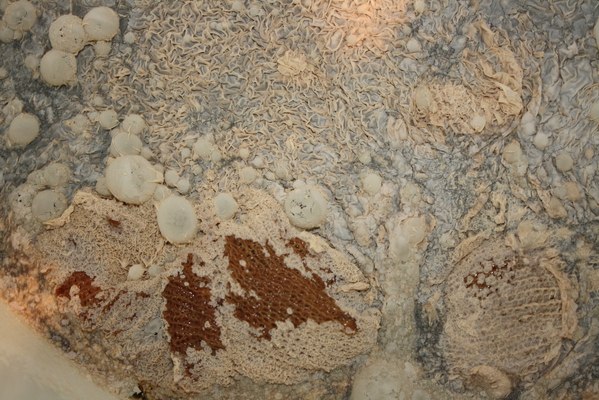Just as an additional note. I have run into similar experiences working with acorns, oddly enough. Acorns were broiled, then added to the honey-water mixture (was making a mead) after boiling so it is possible they picked up something in between. Additionally on that batch I had a problem with a cork losing seal and so the airlock stopped being a barrier for a short time. So multiple problems.
You unless you plate and and probably run under a microscope you will never know which micro-organisms are responsible but at the same time there are several additional possibilities including those bacteria which transform alcohol into acetic acid.
With this specific batch everything still came out ok (ok, better than ok --- it was actually one of my best batches and the combinatin of flavors was exquisit) despite the problems. One thing about brewing is you never know the result until you are done, and things that look bad may not be bad, and vice versa so don't rush to judgement. It doesn't look like just lacto to me though. You will have to wait and see.
Also keep in mind that the reason why this sort of thing is so highly frowned upon is that it makes consistency difficult. You have no way of knowing if the batch will come out, and no way to evaluate or replicate success or failure. It may come out very well, or it may come out very badly. Time will tell.

